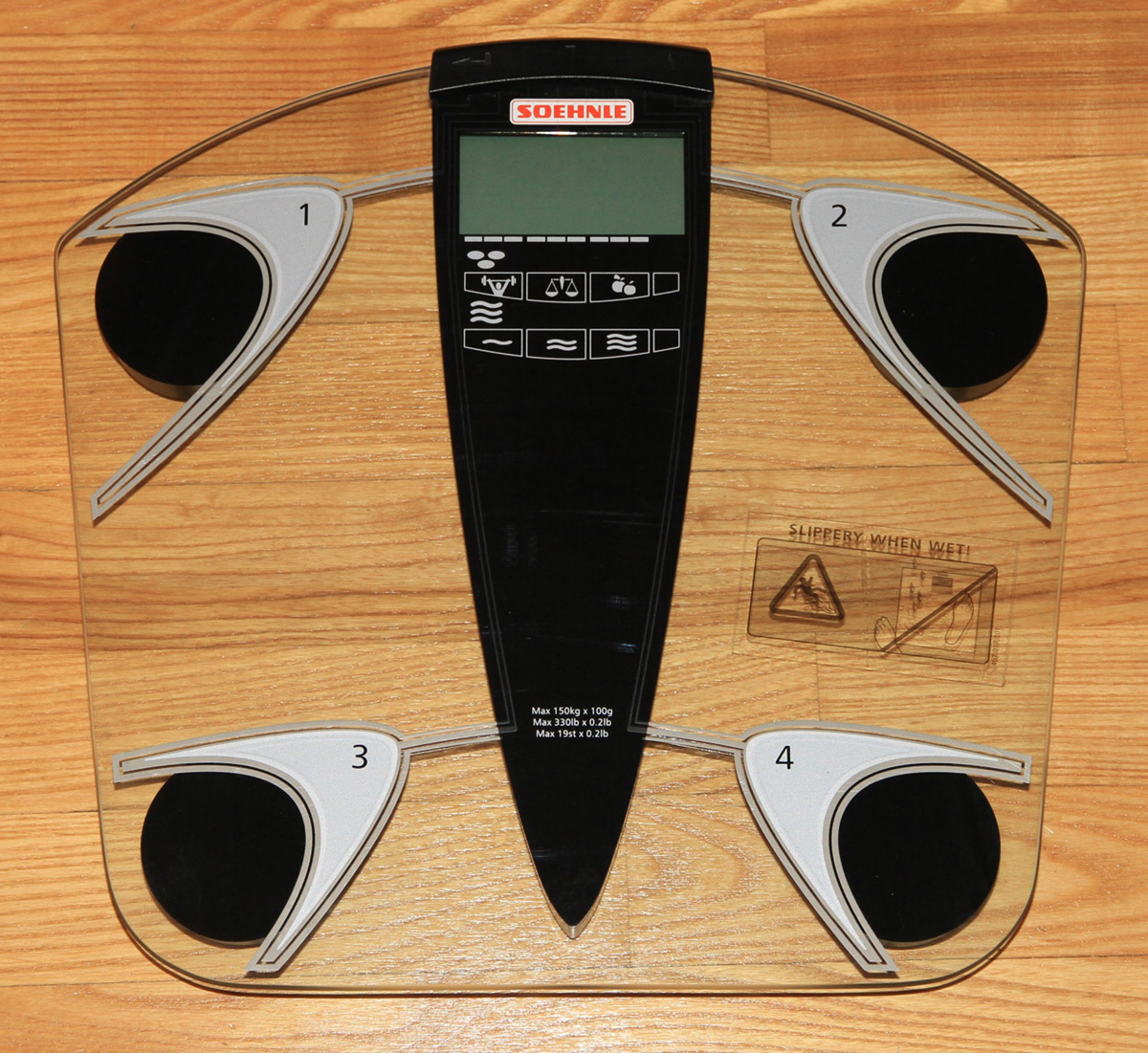
What are the two relevant types of body fat?
Beforewe start, it is important to make clear that there are two types of fats within a human body. And those would be essential fats and storage fats.
Essential fats are critical components of a normal metabolism and a number of standard bodily functions. They take up to two to five percent in men, and ten to thirteen percent in women. This is because a woman's body needs more fats in order to perform certain hormonal activities, as well as childbirth.
Essential fats are stored in the lungs, liver, kidneys, intestines, bone marrow, muscles, spleen as well as in the CNS.
Dissimilarly, storage fats, are accumulated in the loose connective tissue. They represent stored energy which may be called upon and used up. Another function of this tissue is to provide additional protection for other internal organs and such.
Storage fats take up about 15% in women and 12% in men.
So what is then the ideal body fatpercentage?
Well,this may vary from person to person. There is a number of factors which must be calculated into the equation before coming up with a firm answer. These factors would include: body type, age, sex, hereditary, as well as lifestyle and eating habits.
Ideally, the preferable amount for women is 12% and 5% for men. Women with a percentage lower than 10% and men with a percentage lower than 3% can be considered unhealthy because of their lack of fat.
In fact, the total body fat percentage of fat is somewhat above the percentage of the essential body fats. This is because the body requires a source of energy which it may draw upon if needed. And this is also why the recommended body fat for a person is also determined by his/her field of work.
So accordingly, the American Council of Exercise has created four relevant categories: athletes, fit, acceptable and obese.
How would someone measure his or her body fat percentage?
Thegoal of measuring body fat is to help the person trying to regulate his/her own, determine whether, according to all of the relevant factors (age, sex, body type, and so forth) that are plugged into the equation, needs to gain, maintain or lose some.
Whilst losing body weight, it is very important to determine whether the lost weight comes from the lean body mass or, in fact, the fat mass.
Additionally, BMI is used to determine possible health risks involving weight loss, or to the contrary, suffering from excessive body fat. This method mainly uses a person's height and weight as the variables which are plugged into the equation, and does not involve measuring body fat percentage.

















Your thoughts on this
Loading...